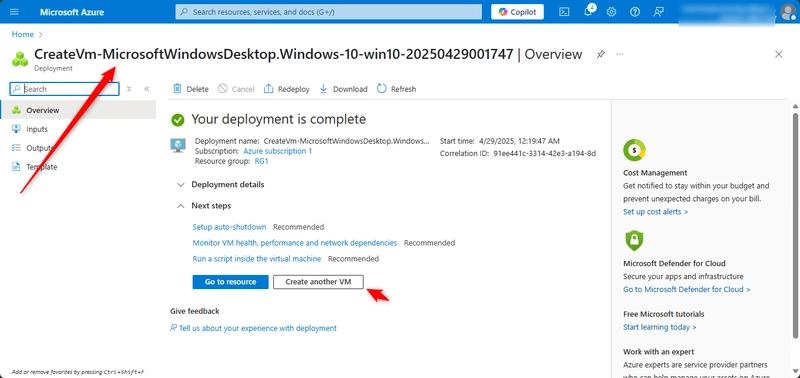Exploring Blockchain Project Funding and Liquidity Pools: Innovation Driving Decentralized Finance
Abstract This post explores the evolution of blockchain project funding and the vital role of liquidity pools within decentralized finance (DeFi). We discuss the transition from traditional venture capital and ICOs to innovative methods such as Security Token Offerings, and liquidity pools’ operation via smart contracts. Key challenges such as impermanent loss, regulatory uncertainties, and smart contract vulnerabilities are analyzed. In addition, we provide practical applications, a detailed background on the evolution of funding mechanisms, and insights drawn from interoperability, improved user experiences, and regulatory compliance developments. Backed by authoritative sources and related projects, this article aims to empower innovators and developers to navigate and contribute to the growing DeFi ecosystem. Introduction Blockchain technology has reshaped finance and revolutionized funding models for startups. Gone are the days where venture capital and initial coin offerings (ICOs) were the only gateways to funding. Today, liquidity pools are a key driver in the rise of decentralized finance. They enable projects to scale, foster community participation, and create robust, trustless markets. This post dives into the evolving landscape of blockchain project funding, the transformative impact of liquidity pools, and how these innovations are pushing the frontiers of financial ecosystems. Multiple sectors—from art to gaming and beyond—are now leveraging blockchain for funding purposes. The synergy between blockchain funding and liquidity pools is particularly relevant as it ensures capital is deployed efficiently, risk is minimized, and technological developments remain decentralized. In this article, we review the background, core concepts, real-world applications, challenges, and the future outlook of these financial innovations. Background and Context The Evolution of Blockchain Project Funding Initially, blockchain projects were funded mostly through traditional venture capital models. Investors not only provided capital but also mentorship and strategic guidance. With the rise of cryptocurrencies, Initial Coin Offerings (ICOs) emerged as an innovative way for projects to bypass intermediaries and directly raise funds by issuing tokens. For a more detailed historical perspective, check out blockchain project ICO. As the ecosystem matured, Security Token Offerings (STOs) and Initial Exchange Offerings (IEOs) were introduced. STOs provided greater regulatory compliance and transparency, while IEOs enhanced investor confidence by having exchanges conduct due diligence. For evolving trends in funding methods, please see blockchain project funding trends. The Rise of Decentralized Finance (DeFi) and Liquidity Pools The DeFi era has democratized access to financial services. DeFi platforms allow users to lend, borrow, trade, or earn interest without intermediaries. At the heart of these innovations are liquidity pools—smart contracts that hold substantial reserves of assets and facilitate seamless trading. For a technical deep dive into the underlying mechanisms, visit smart contracts on blockchain. The benefits of these decentralized funding methods include enhanced security, transparency, and the opportunity for everyday crypto enthusiasts to earn passive income. Moreover, liquidity pools provide a direct link between blockchain project funding and the operational life of a project, making them indispensable in the modern crypto landscape. Core Concepts and Features Understanding Liquidity Pools Liquidity pools are essentially pools of funds locked in smart contracts. They allow liquidity providers (LPs) to deposit cryptocurrency pairs in equal value and earn fees for each transaction facilitated by the pool. This automated market-making (AMM) mechanism minimizes slippage and promotes consistent pricing. Key Features of Liquidity Pools: Accessibility: Anyone can participate, democratizing the funding process. Passive Income: LPs earn a proportion of transaction fees. Decentralization: No central authority—smart contracts manage the pool autonomously. Enhanced Trading Efficiency: Automated trading ensures minimal slippage. For more insights about decentralized finance applications, see decentralized finance for project funding. Components of Blockchain Funding and Liquidity Pools Below is a table that highlights the essential components and their roles: Component Role/Function Venture Capital Traditional funding, strategic mentorship, and networking. ICOs/STOs/IEOs Direct fundraising solutions that issue tokens in exchange for capital. Liquidity Pools Automated, decentralized pools facilitating token swaps with reduced slippage and passive income. Smart Contracts Autonomous code that manages transactions and enforces rules without intermediaries. Regulatory Compliance Evolving legal fra
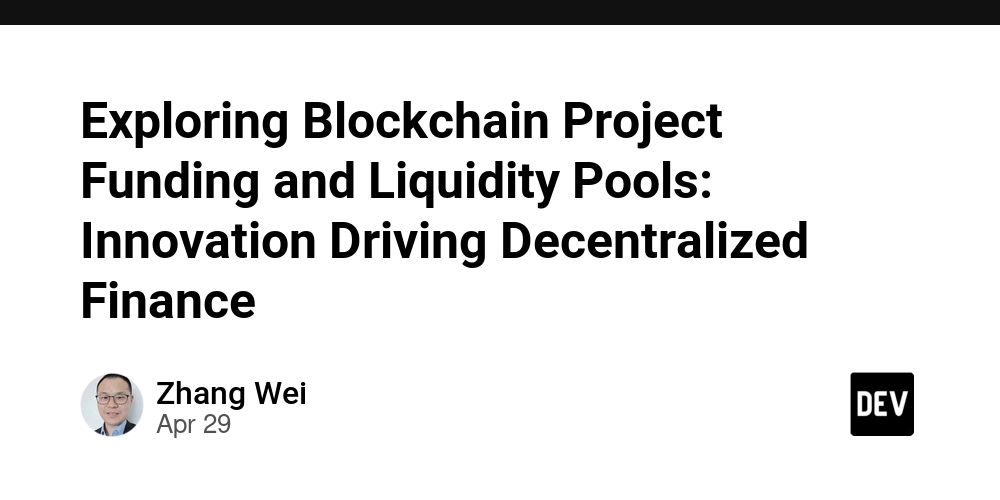
Abstract
This post explores the evolution of blockchain project funding and the vital role of liquidity pools within decentralized finance (DeFi). We discuss the transition from traditional venture capital and ICOs to innovative methods such as Security Token Offerings, and liquidity pools’ operation via smart contracts. Key challenges such as impermanent loss, regulatory uncertainties, and smart contract vulnerabilities are analyzed. In addition, we provide practical applications, a detailed background on the evolution of funding mechanisms, and insights drawn from interoperability, improved user experiences, and regulatory compliance developments. Backed by authoritative sources and related projects, this article aims to empower innovators and developers to navigate and contribute to the growing DeFi ecosystem.
Introduction
Blockchain technology has reshaped finance and revolutionized funding models for startups. Gone are the days where venture capital and initial coin offerings (ICOs) were the only gateways to funding. Today, liquidity pools are a key driver in the rise of decentralized finance. They enable projects to scale, foster community participation, and create robust, trustless markets. This post dives into the evolving landscape of blockchain project funding, the transformative impact of liquidity pools, and how these innovations are pushing the frontiers of financial ecosystems.
Multiple sectors—from art to gaming and beyond—are now leveraging blockchain for funding purposes. The synergy between blockchain funding and liquidity pools is particularly relevant as it ensures capital is deployed efficiently, risk is minimized, and technological developments remain decentralized. In this article, we review the background, core concepts, real-world applications, challenges, and the future outlook of these financial innovations.
Background and Context
The Evolution of Blockchain Project Funding
Initially, blockchain projects were funded mostly through traditional venture capital models. Investors not only provided capital but also mentorship and strategic guidance. With the rise of cryptocurrencies, Initial Coin Offerings (ICOs) emerged as an innovative way for projects to bypass intermediaries and directly raise funds by issuing tokens. For a more detailed historical perspective, check out blockchain project ICO.
As the ecosystem matured, Security Token Offerings (STOs) and Initial Exchange Offerings (IEOs) were introduced. STOs provided greater regulatory compliance and transparency, while IEOs enhanced investor confidence by having exchanges conduct due diligence. For evolving trends in funding methods, please see blockchain project funding trends.
The Rise of Decentralized Finance (DeFi) and Liquidity Pools
The DeFi era has democratized access to financial services. DeFi platforms allow users to lend, borrow, trade, or earn interest without intermediaries. At the heart of these innovations are liquidity pools—smart contracts that hold substantial reserves of assets and facilitate seamless trading. For a technical deep dive into the underlying mechanisms, visit smart contracts on blockchain.
The benefits of these decentralized funding methods include enhanced security, transparency, and the opportunity for everyday crypto enthusiasts to earn passive income. Moreover, liquidity pools provide a direct link between blockchain project funding and the operational life of a project, making them indispensable in the modern crypto landscape.
Core Concepts and Features
Understanding Liquidity Pools
Liquidity pools are essentially pools of funds locked in smart contracts. They allow liquidity providers (LPs) to deposit cryptocurrency pairs in equal value and earn fees for each transaction facilitated by the pool. This automated market-making (AMM) mechanism minimizes slippage and promotes consistent pricing.
Key Features of Liquidity Pools:
- Accessibility: Anyone can participate, democratizing the funding process.
- Passive Income: LPs earn a proportion of transaction fees.
- Decentralization: No central authority—smart contracts manage the pool autonomously.
- Enhanced Trading Efficiency: Automated trading ensures minimal slippage.
For more insights about decentralized finance applications, see decentralized finance for project funding.
Components of Blockchain Funding and Liquidity Pools
Below is a table that highlights the essential components and their roles:
| Component | Role/Function |
|---|---|
| Venture Capital | Traditional funding, strategic mentorship, and networking. |
| ICOs/STOs/IEOs | Direct fundraising solutions that issue tokens in exchange for capital. |
| Liquidity Pools | Automated, decentralized pools facilitating token swaps with reduced slippage and passive income. |
| Smart Contracts | Autonomous code that manages transactions and enforces rules without intermediaries. |
| Regulatory Compliance | Evolving legal frameworks ensuring investor protection and project legitimacy. |
Each component plays a critical role in how blockchain projects are funded today, and their interconnected nature helps drive innovation in the space.
Additional Blockchain Funding Ecosystems
In parallel to traditional crypto funding methods, projects such as those built on the Uniswap protocol demonstrate successful applications of liquidity pools. Furthermore, breakthroughs in Arbitrum interoperability and enhanced user experiences have been highlighted in recent studies, such as arbitrum-and-de-fi-yield and arbitrum-and-user-experience.
The convergence of funding and liquidity pools has not only boosted market efficiency but also spurred cross-chain initiatives. A notable example is the growing focus on arbitrum-and-blockchain-interoperability, which aims to seamlessly integrate diverse blockchain networks. Regulatory and security aspects are well-covered by resources such as arbitrum-and-regulatory-compliance and arbitrum-and-smart-contract-audits.
Applications and Use Cases
Real-world applications of blockchain funding and liquidity pools provide practical examples of these concepts in action:
Uniswap and Decentralized Trading:
Uniswap is a leading decentralized exchange on Ethereum that uses liquidity pools as its backbone. By locking in pairs of tokens in smart contracts, Uniswap minimizes slippage and provides a reliable trading experience. Its model illustrates how innovative blockchain funding can empower decentralized applications.Arbitrum’s Role in DeFi Scaling:
Platforms like Arbitrum enhance interoperability and reduce Ethereum’s gas fees. Their continuous improvements, as detailed in posts like arbitrum-a-game-changer-for-ethereums-scalability, are encouraging further adoption of decentralized funding models. Such advancements improve user experience and open up new opportunities for developers.Open-Source Funding via GitHub Sponsors:
In the realm of open-source innovation, platforms such as GitHub Sponsors are critical. They facilitate direct support and enable sustainable funding models. For further discussion about funding innovation in open-source, review leveraging GitHub Sponsors for organizations.
Additional Key Applications:
- Institutional Adoption: Institutions are increasingly interested in blockchain due to its transparent and decentralized nature. Funding models built on tokenization enable more institutions to participate.
- Decentralized Governance: By utilizing liquidity pools and token-based voting, communities can collectively govern projects. This decentralized decision-making empowers users and enhances project resilience.
The table below summarizes these applications and key benefits:
| Use Case | Benefit |
|---|---|
| Trading on Uniswap | Low slippage, enhanced liquidity, and passive income for LPs. |
| Arbitrum Integration | Reduced fees and interoperability across blockchains. |
| Open-Source Development | Sustainable funding models via direct sponsorship and decentralized votes. |
Challenges and Limitations
While blockchain funding and liquidity pools are transformative, they face several challenges:
Impermanent Loss:
When token prices deviate significantly, LPs may incur losses compared to holding funds in a wallet. This temporary loss is a critical risk for liquidity providers.Smart Contract Vulnerabilities:
Bugs and exploits in smart contract code are potential risks. Enhanced security audits and industry best practices are necessary to mitigate these vulnerabilities.Regulatory Uncertainty:
Changes in legal frameworks can impact both funding methods and liquidity pool operations. Regulatory guidance continues to evolve, making it essential for projects to align with compliance requirements. Learn more at blockchain regulation.Adoption Barriers:
Complexity in understanding blockchain technology and DeFi concepts can deter mainstream adoption. Improved user interfaces and educational initiatives are key to overcoming this barrier.Scalability Issues:
Despite improvements, network congestion and high transaction fees (especially on Ethereum) remain major concerns. Innovations like Arbitrum are addressing these hurdles, but widespread implementation requires additional scalability breakthroughs.
Quick Bullet List of Challenges:
- Impermanent loss risks
- Vulnerabilities in smart contract code
- Rapidly evolving regulatory frameworks
- Scalability and network congestion issues
- Adoption and usability barriers
These challenges highlight the need for continuous innovation and collaboration among developers, regulators, and the community.
Future Outlook and Innovations
The blockchain funding ecosystem is poised for further innovation. Several trends and technological advancements signal a bright future for decentralized finance:
Enhanced Interoperability:
With projects focusing on arbitrum-and-blockchain-interoperability, different blockchains will connect seamlessly, enabling smoother token transfers and unified liquidity pools.Improved User Experience:
Efforts such as arbitrum-and-user-experience pave the way for more accessible and user-friendly platforms. As interfaces become more intuitive, mainstream participation will increase dramatically.Regulatory Maturation:
As regulatory frameworks mature, projects will find clearer guidelines for compliance and investor protection. Resources like arbitrum-and-regulatory-compliance will be instrumental in ensuring projects meet legal standards.Integration with Traditional Finance:
Traditional institutions are exploring blockchain funding and tokenization to enhance transparency and efficiency. This symbiosis between legacy financial systems and DeFi will unlock new funding avenues and operational models.Open-Source and Developer Grants:
The confluence of blockchain funding with open-source initiatives is already being empowered by platforms such as GitHub Sponsors. For further reading, the article unlocking the future open source and blockchain funding revolution provides valuable insights.AI and Data Integration:
Innovations in AI-driven trading and data analysis are set to optimize liquidity pool management. This integration will enhance risk management, reduce impermanent loss, and predict market trends more accurately.
These trends promise a future where blockchain funding becomes more efficient, user-friendly, and accessible to a broader audience—thereby reinforcing the global shift towards decentralization.
Summary
In summary, the evolution of blockchain project funding has paved the way for innovative mechanisms like liquidity pools that underpin the DeFi ecosystem. We explored how traditional funding models such as venture capital, ICOs, STOs, and IEOs have evolved, and why liquidity pools now stand at the forefront of decentralizing finance. They not only provide liquidity for decentralized exchanges like Uniswap but also empower projects through community participation and token-based governance.
Key takeaways include:
- Liquidity pools are powered by smart contracts, offering benefits like lower slippage and passive income.
- Challenges such as impermanent loss, smart contract vulnerabilities, and regulatory uncertainties remain and demand ongoing innovation.
- Future trends point to enhanced interoperability, better user experiences, and integration with traditional finance, all of which will drive the mainstream adoption of blockchain funding.
The continuous merging of blockchain funding practices with emerging technologies such as AI, interoperability enhancements, and improved regulatory frameworks ensures that decentralized finance will persistently evolve.
For more detailed information on liquidity pools and blockchain funding, see the original article Exploring Blockchain Project Funding and Liquidity Pools.
Further Reading and Resources
- Blockchain Project ICO
- Blockchain Project Funding Trends
- Decentralized Finance for Project Funding
- Smart Contracts on Blockchain
- Ethereum DeFi
Developer Insights
For those interested in the intersection of blockchain, funding, and open-source development, consider exploring these articles from the developer community:
- Unlocking the Future: Open Source and Blockchain Funding Revolution
- Leveraging GitHub Sponsors for Organizations
- Arbitrum: A Game Changer for Ethereum's Scalability
- Open Source Licensing Tips for Indie Hackers
Conclusion
Blockchain project funding and liquidity pools are reshaping the financial landscape by offering decentralized, transparent, and efficient funding mechanisms. As the DeFi ecosystem grows, the integration of robust smart contracts with liquidity pools not only encourages community participation but also sets the stage for further innovation. While challenges remain in terms of scalability, regulatory compliance, and smart contract security, the future is bright with trends that promise enhanced interoperability, improved user interfaces, and seamless integration with traditional finance.
By understanding the critical elements discussed in this post—from the historical context of ICOs and venture capital to the next-generation solutions like decentralized liquidity pools and interoperable blockchain networks—developers, investors, and institutions can better navigate the rapidly evolving blockchain landscape. Embracing these innovations today is key to unlocking the financial opportunities of tomorrow.
Stay informed, stay innovative, and be part of the disruption reshaping finance through blockchain technology!
Happy innovating in the decentralized world of blockchain project funding and liquidity pools!



































































































































































![[The AI Show Episode 145]: OpenAI Releases o3 and o4-mini, AI Is Causing “Quiet Layoffs,” Executive Order on Youth AI Education & GPT-4o’s Controversial Update](https://www.marketingaiinstitute.com/hubfs/ep%20145%20cover.png)













































































































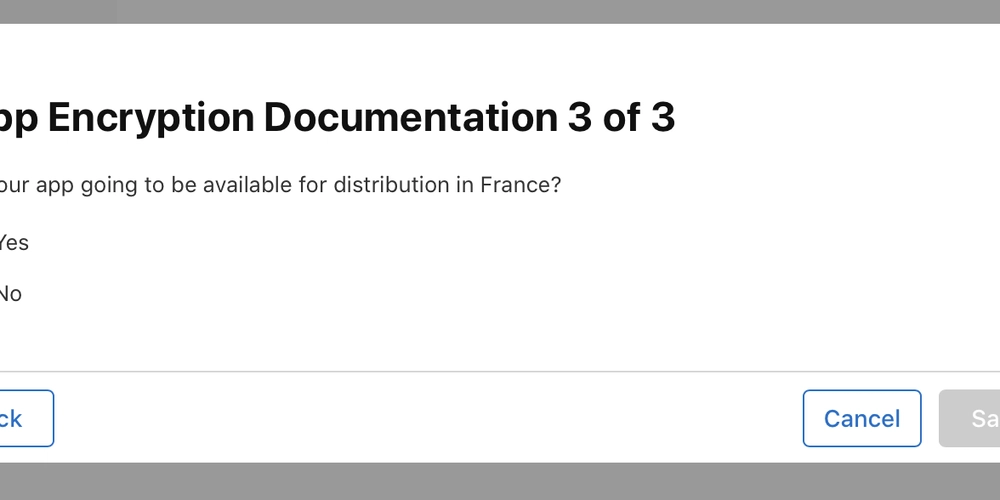
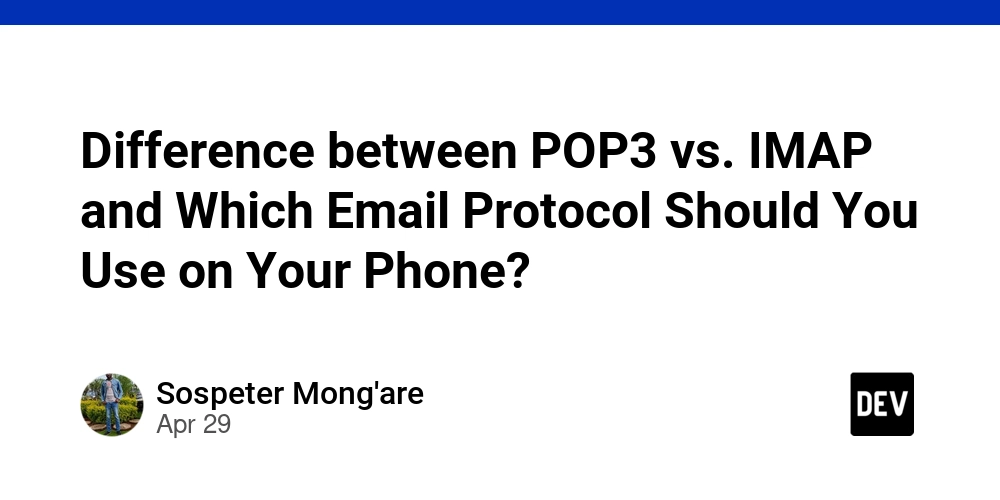
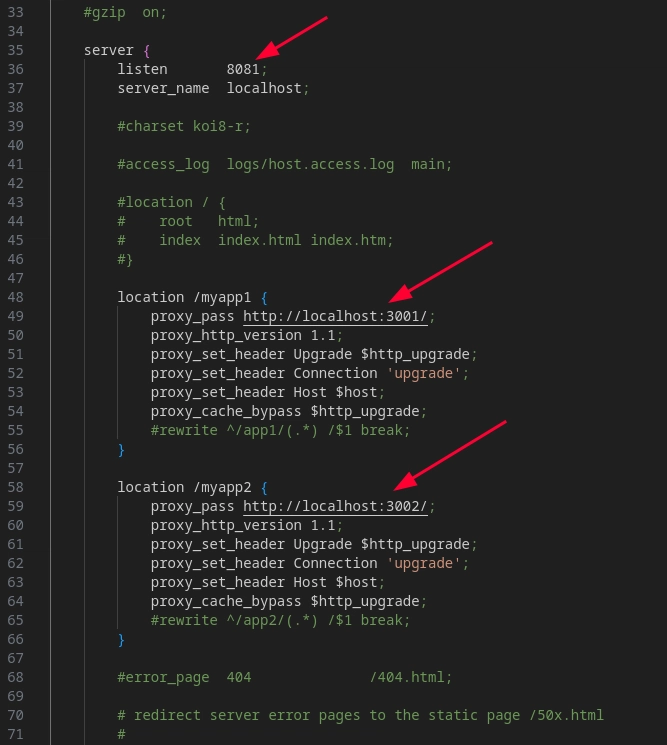


























































































































































_NicoElNino_Alamy.jpg?width=1280&auto=webp&quality=80&disable=upscale#)
















































































































![Standalone Meta AI App Released for iPhone [Download]](https://www.iclarified.com/images/news/97157/97157/97157-640.jpg)


































































































